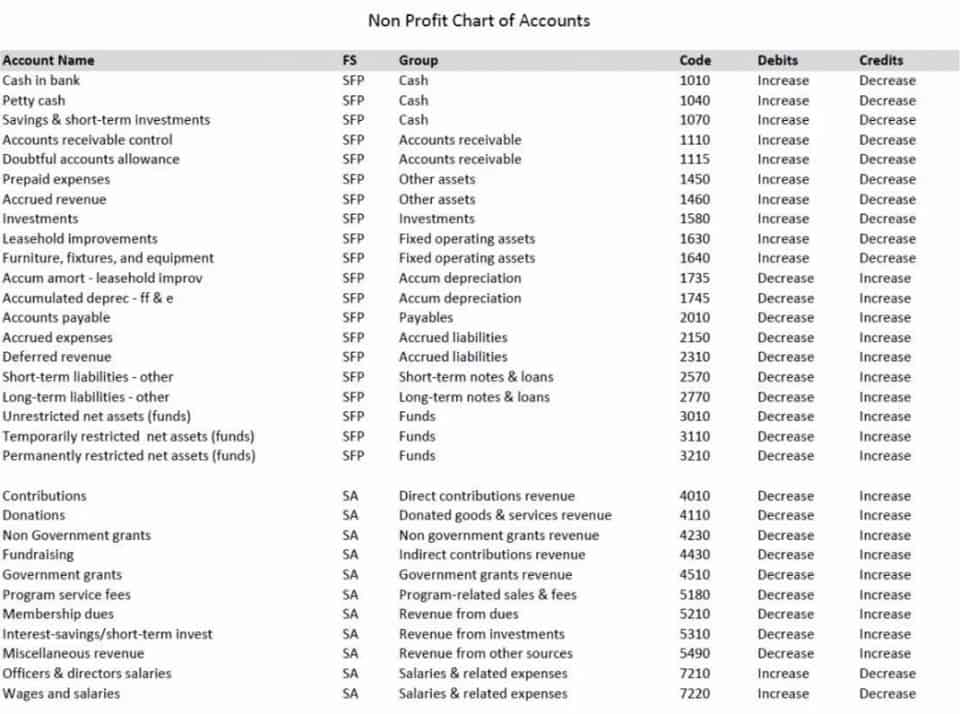Depreciable Property: Meaning, Overview, FAQ

The Modified Accelerated Cost Recovery System (MACRS) is used to recover the basis of most business and investment property placed in service after 1986. MACRS consists of two depreciation systems, the General Depreciation System (GDS) and the Alternative Depreciation System (ADS). Generally, these systems provide different methods and recovery periods to use in figuring depreciation deductions. After you figure your special depreciation allowance, you can use the remaining carryover basis to figure your regular MACRS depreciation deduction. See Figuring the Deduction for Property Acquired in a Nontaxable Exchange in chapter 4 under How Is the Depreciation Deduction Figured. Your section 179 deduction is generally the cost of the qualifying property.
The CCA rate for other eligible non-residential buildings includes an additional allowance of 2% for a total rate of 6%. A change in use is deemed to occur on the first day of the year of change. Practitioners are not bound by this informal depreciable property guidance and cannot rely on it as substantial authority. However, it does provide some insight on the potential issues involved. The total amount depreciated each year, which is represented as a percentage, is called the depreciation rate.
What is the Section 179 deduction, and who qualifies for it?
The property you elect not to include in Class 44 will be included in Class 14 instead, if it has a limited life. If it has an unlimited life, it may qualify as an eligible capital property (before 2017) or as a Class 14.1 property (after 2016). Class 16 includes taxis, vehicles you use in a daily car rental business, coin-operated video games or pinball machines acquired after February 15, 1984, and freight trucks acquired after December 6, 1991, that are rated above 11,788 kg. The CCA rate for eligible non-residential buildings acquired by a taxpayer after March 18, 2007, and used in Canada to manufacture or process goods for sale or lease includes an additional allowance of 6% for a total rate of 10%.
For a short tax year of 4 or 8 full calendar months, determine quarters on the basis of whole months. The midpoint of each quarter is either the first day or the midpoint of a month. Treat property as placed in service or disposed of on this midpoint. You must make the election on a timely filed return (including extensions) for the year of replacement.
How Depreciable Property Works
They must now figure their depreciation for 2023 without using the percentage tables. However, you can make the election on a property-by-property basis for nonresidential real and residential rental property. Enter the appropriate recovery period on Form 4562 under column (d) in Section B of Part III, unless already shown (for 25-year property, residential rental property, and nonresidential real property). You begin to claim depreciation when your property is placed in service for either use in a trade or business or the production of income. The placed in service date for your property is the date the property is ready and available for a specific use. If you converted property held for personal use to use in a trade or business or for the production of income, treat the property as being placed in service on the conversion date.

You must generally file Form 3115, Application for Change in Accounting Method, to request a change in your method of accounting for depreciation. If you buy property and assume (or buy subject to) an existing mortgage or other debt on the property, your basis includes the amount you pay for the property plus the amount of the assumed debt. However, computer software is not a section 197 intangible and can be depreciated, even if acquired in connection with the acquisition of a business, if it meets all of the following tests. You generally cannot use MACRS for real property (section 1250 property) in any of the following situations.
Claiming the Special Depreciation Allowance
Reduce that amount by any credits and deductions allocable to the property. The following are examples of some credits and deductions that reduce basis. Your use of either the General Depreciation System (GDS) or the Alternative Depreciation System (ADS) to depreciate property under MACRS determines what depreciation method and recovery period you use. You must generally use GDS unless you are specifically required by law to use ADS or you elect to use ADS.
